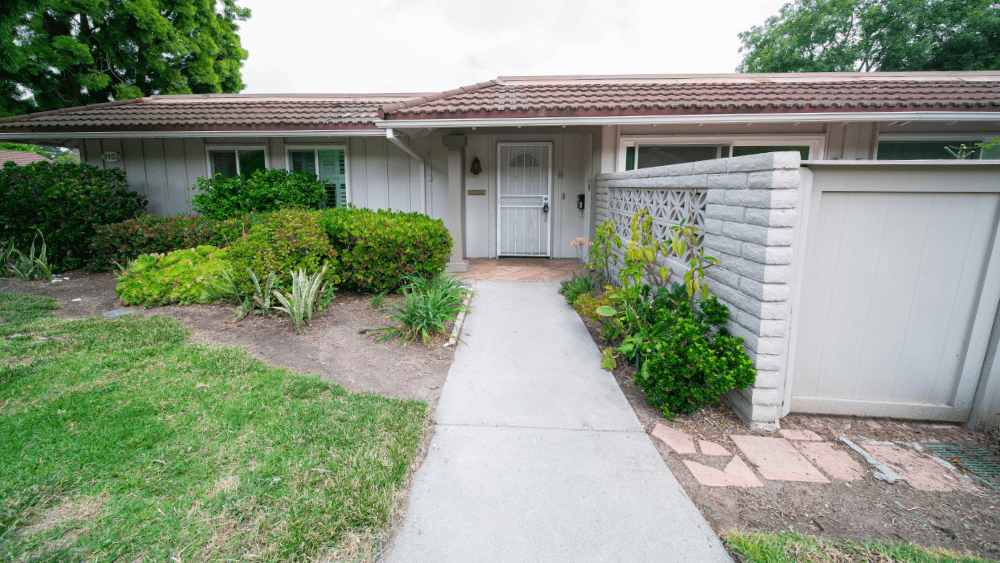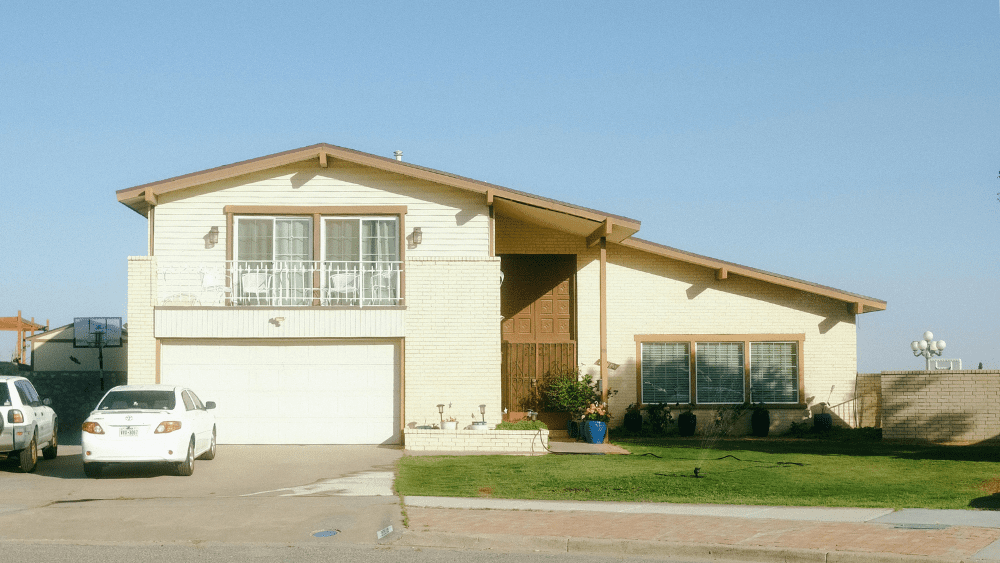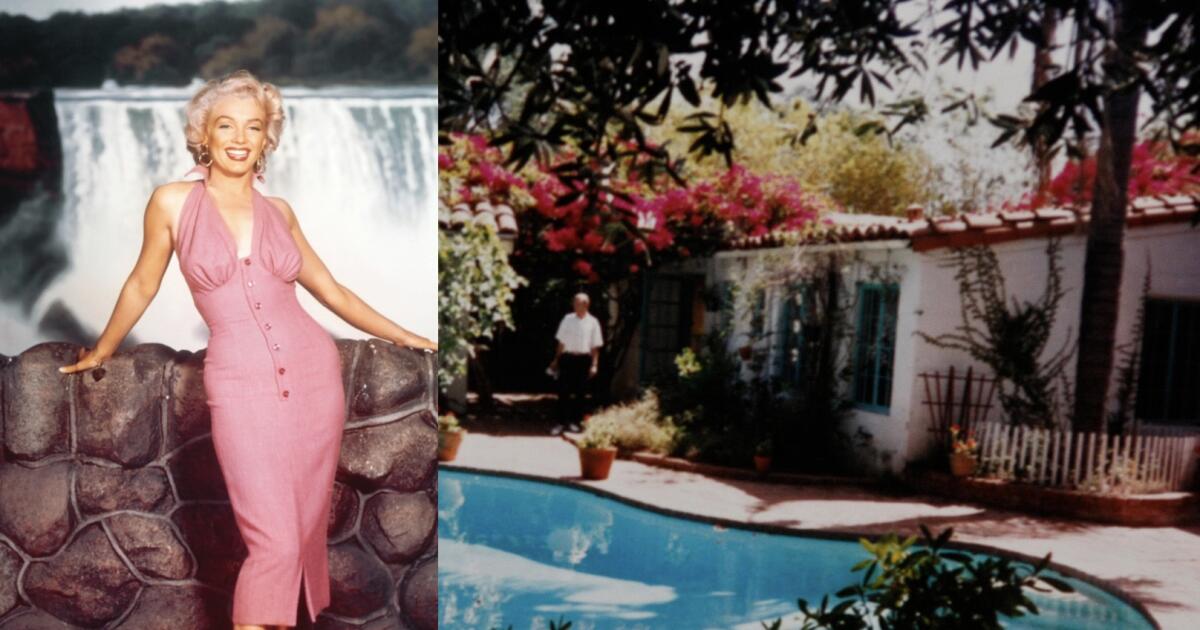Across the country, the property market’s busiest season will see some markets rise while others fall short of previous peaks, according to new data and analysis from Hotspotting’s Price Predictor Index (PPI) for Spring 2025.
The report has revealed the ‘winners’ and ‘losers’ across Australia’s capital cities and regional areas, with some surprising results.
A key trend emerging from the report is a growing confidence among buyers and investors, particularly in capital cities where unit markets are underpinning recovery.
Hotspotting Director Terry Ryder said this edition’s data shows a clear shift in buyer sentiment, especially in cities with properties that offer both affordability and lifestyle.
MORE: ‘Don’t need’: Home reno jobs you should be doing yourself
THE WINNERS
Darwin
Darwin’s buyer activity has more than doubled in the last year. Picture: Che Chorley.
According to Mr Ryder, Darwin has been a “standout performer” off the back of three consecutive quarters of strong sales activity.
Darwin sales increased by 29 per cent in the June quarter, bringing activity to 122 per cent above the same period last year.
Mr Ryder said this performance makes Greater Darwin one of Australia’s
“most dynamic markets” this spring.
“Underlying demand from the resources sector and a tightening rental vacancy rate have combined to drive buyer urgency,” he said.
“Darwin’s momentum underscores a realignment between affordability and robust economic fundamentals.
“This powerful upswing has been building steadily since late 2024, outpacing many southern markets.”
Brisbane
Brisbane’s units are driving its market forward. Picture: David Clark Photography.
As well as being serial winners in the sporting world, Brisbane is also predicted to be in the property market winner’s circle this spring.
According to Hotspotting’s PPI, 67 per cent of Brisbane suburbs are trending upward, reflecting growing buyer confidence and consistent sales activity.
Greater Brisbane recorded 14,178 sales in the June quarter – a 13 per cent jump from the previous period.
Hotspotting General Manager Tim Graham said two-thirds of Brisbane suburbs were trending upward, while only 18 per cent showed negative sentiment.
“Units now account for one-third of all transactions, highlighting a broadbased recovery across housing types,” he said.
“Brisbane’s consistency is its defining feature with buyers snapping up units and houses alike, driving momentum across the city.”
Brisbane City recorded a median unit price of $710,500 in August.
MORE: Aus warned of new home changes tomorrow
Melbourne
Melbourne’s affordability is it’s key to success, according to Hotspotting. Picture: Supplied.
The report states that Melbourne is on the up, having posted its strongest quarterly sales since the December 2021 boom.
Almost two-thirds of Melbourne markets registered positive momentum and unit volumes in the June quarter.
Mr Ryder said affordability has been the key catalyst, particularly in Frankston, Hume and the municipality of Melbourne itself.
“These pockets are attracting both first-home buyers and investors seeking value outside the inner east,” he said. “Relative affordability in these areas has underpinned this powerful resurgence. “Unit sales are now at levels only marginally below the peak of the 2021 boom, signalling a durable upswing.”
MORE: ‘No stress’: ‘real’ solution to our housing crisis
Sydney
The Greater Sydney market has executed a complete turnaround from last year. Picture: iStock.
Sydney has been transformed from a “loser” in Hospotting’s winter report to a “winner” in this edition, with 64 per cent of markets across Greater Sydney receiving a positive classification in terms of transaction levels.
Sydney’s market sprang back with a 31 per cent quarter-on-quarter rise in sales.
“Unit-led precincts are driving the revival, with Inner West, North Sydney, Ryde and Randwick among the standout LGAs,” Mr Graham said.
“The market-share of units has edged up to 51%, underscoring the importance of apartment stock in the recovery.
“Sydney’s unit-led rebound, with sales surging this quarter, highlights renewed buyer confidence right across the harbour, however, western and southwestern precincts are yet to match the pace of the inner-ring.”
MORE: Aus property surge to hit double digits
Adelaide
Adelaide’s market is slowly but surely climbing.
South Australia’s capital continued its steady climb, with a 19 per cent increase in quarterly sales and a 24 per cent lift year-on-year, according to the report.
This extends a five-year trajectory of growth in both activity and prices.
The report shows that Adelaide’s northern suburbs remain at the forefront, with Playford and Salisbury leading the charge.
“Playford’s and Salisbury’s performance showcases how sustained demand in affordable markets can defy broader market cycles,” Mr Ryder said.
“The Port Adelaide-Enfield LGA also recorded a 34 per cent spike in sales, reflecting strong local demand for affordable housing.
“Overall, it is Adelaide’s diversity of growth corridors that is underpinning its resilience.”
MORE: New report backflips: Expect rate cut today
Regional Victoria
Bendigo is among the town’s spearheading regional Victoria’s market.
Regional Victoria recorded its strongest quarter since the December 2021 boom, with sales volumes 16 per cent higher than a year ago and 28 per cent above two years prior.
According to the report, only five of the 249 tracked towns in Regional Victoria are in decline.
“Bendigo, Geelong, Shepparton and Wodonga are spearheading Regional Victoria’s revival, offering strategic alternatives to crowded metro markets,” Mr Graham said.
“Overall, lifestyle factors and relative affordability are drawing both owner-occupiers and investors to regional Victoria.”
MORE: $760k home sells for $22m
Regional SA
Moonta Bay is one of Regional SA’s rising hotspots. Picture: Tom Huntley.
While not a huge winner, regional South Australia still delivered a solid 12 per cent year-on-year increase in sales, with 58 per cent of its markets now on the rise.
Mr Ryder said quarterly volumes have held near their December 2024 peak, reinforcing a steady recovery.
“Alexandrina and Victor Harbor LGAs remain solid performers, while the Copper Coast’s Moonta Bay and Wallaroo have emerged as rising hotspots,” he said.
“Port Pirie is also notable for its low-price, high-yield profile.”
MORE: PJs, FaceTime, $500 bids: wild scenes at Sydney auctions
THE LOSERS
Regional QLD
Houses in Westbrook, south west of Toowoomba. Picture: Kevin Farmer.
Regional Queensland is predicted to be the country’s hardest hit market this spring, having endured its third straight quarter of sales decline in the June quarter.
Total sales in regional areas slipped by 2,030 over the past year, highlighting what Mr Ryder called a “widespread cooldown”.
“Rockhampton, Mackay, Gladstone, Toowoomba and Townsville – all once hotbeds of investor activity – have seen gradual but steady falls in turnover,” he said.
“The only standout exception remains the Gold Coast, where 60% of suburbs still post positive trends.
“Regional Queensland is correcting from an overheated peak, so buyers need to be ultra-selective, focusing on supply-constrained coastal pockets rather than broadacre plays.”
MORE: ‘I hope’: Agent takes stand against underquoting
Perth
Almost half of Perth’s suburbs were recorded as in decline. Picture: iStock.
A flying market a couple of years ago, Hotspotting’s report shows Perth’s sales were 10 per cent below the December 2023 peak.
Forty-eight per cent of Perth suburbs were recorded as in decline.
Mr Graham said although there is an evident slowdown, the market has not collapsed, thanks to strong state economic and population growth.
“Greater Perth accounts for 16 of the bottom 50 declining markets nationally, yet a subset of precincts continues to hold value,” he said.
“Perth’s cycle is easing, but its fundamental drivers of mining jobs and migration remain intact, so, we’re expecting a soft landing rather than a slump.”
MORE: Instagram food blogger’s $60m fail
Regional WA
The report claims that Bunbury in WA’s South West has “passed its peak”. Picture: iStock.
Western Australia as a whole is slowing, with Regional WA also predicted to be a “loser” this spring, according to the report.
Regional WA sales have fallen nine per cent over the past 18 months, posting 3,606 transactions in the latest quarter, per Hotspotting.
Only 40 per cent of towns in Regional WA are now classified as rising, while 45 per cent show negative trends, Mr Ryder said.
“Bunbury and Geraldton have clearly passed their peaks, but Mandurah bucks the regional downturn with quarterly sales climbing from 537 to 627 and 12 of its 14 suburbs on the up,” he said.
“Regional WA’s narrative is one of selective strength with Mandurah proving that pockets of opportunity can thrive even as the wider region cools.”



















 English (US) ·
English (US) ·